These creatures are known to cause significant damage to a variety of plants, turning a once vibrant garden into a landscape of half-eaten leaves and stems.
Sensory Gardens: Unleashing Nature’s Symphony
Gardening and landscape design encompasses more than mere aesthetics. Today, there’s a growing recognition that gardens can offer a multi-sensory journey, engaging our sight, touch, sound, scent, and even taste.
Whether you’re a landscape architect crafting captivating outdoor spaces, a retail nursery providing expert guidance, or an experienced home gardener seeking to elevate your own oasis, embracing all five senses can forge a profound connection with nature.
Join us in this article as we delve into the captivating world of sensory gardens. Discover why integrating diverse sensory elements into your garden designs enhances the enjoyment of both visitors and yourself.
We’ll unravel practical techniques that utilise the interplay of natural and man-made elements, empowering you to create truly remarkable sensory experiences in your garden endeavours.
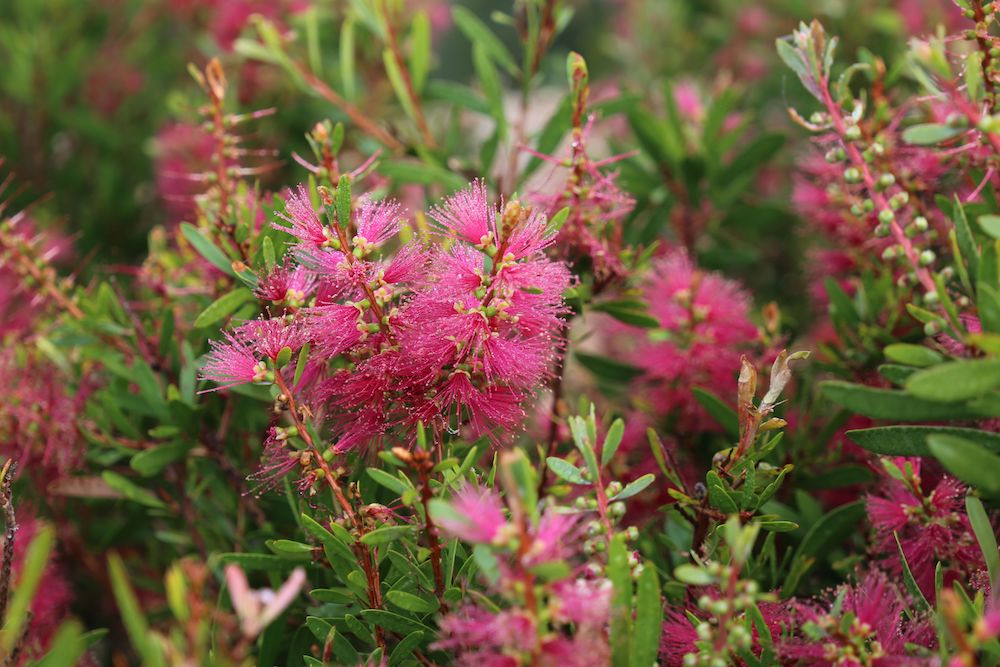
Sensory Garden Design Principles
Creating a sensory garden involves thoughtful design principles that engage all senses and guide visitors through a truly immersive experience. Consider the following guidelines when designing your sensory garden:
Layout and Flow: Carefully plan the layout of your garden to ensure a seamless flow from one sensory experience to another. Design pathways that lead visitors through different zones or areas, each dedicated to stimulating a specific sense.
Distinct Zones: Create distinct areas within your garden, each focusing on a particular sense. For example, you could have a fragrant garden section with scented flowers and herbs, a textured garden area with plants of varying textures, or a quiet corner for peaceful reflection. Alternatively, you can incorporate all of the five senses in different ways within each zone.
Seating Areas: Incorporate comfortable seating areas strategically placed throughout the garden, allowing visitors to pause, relax, and fully absorb the sensory richness of the environment. These spaces can serve as serene retreats amidst the sensory stimulation.
Accessibility and Inclusivity: Ensure that your sensory garden is accessible to all visitors. Consider implementing wheelchair-friendly paths, clear signage, and other accommodations to make the space welcoming and inclusive to people of all abilities, especially if the garden you’re designing is for the public.
Sight
Now that we’ve been through some design principles, the first sense we’ll start with is the most obvious one: sight.
We all love to be in a beautiful garden and even though it’s the sense most of us focus on when creating a garden, we can’t talk about a sensory garden without mentioning aesthetic beauty.
Some colour combinations look better together than others. Familiarise yourself with basic colour relationships to create pleasing combinations. The most common colour relationships include:
Complementary Colours: Colours opposite each other on the colour wheel, such as red and green or purple and yellow. Complementary colours create strong contrast and can make each other appear more vibrant when used together.
Analogous Colours: Colours that are next to each other on the colour wheel, such as blue and green or yellow and orange. Analogous colours create a harmonious and cohesive effect, as they share similar undertones.
Monochromatic Colours: Different shades, tints, and tones of a single colour. Monochromatic colour schemes provide a sense of unity and can create a calming or sophisticated look.
Triadic Colours: Three colours evenly spaced on the colour wheel, such as red, yellow, and blue. Triadic colour schemes offer a balanced and vibrant combination.

Once you’ve got your colour palette sorted, think about how the elements within your garden work together as the seasons change. Maybe you’d like flowers year-round, in which case you’ll need to plan for multiple flowering species because most plants only flower for a season or two.
In autumn, deciduous leaves will change colour and by winter they’ll be gone. How will your garden look when the trees are naked and bare? Incorporating different visual textures into the garden will add interest and aesthetic appeal. Textures can be achieved using different materials such as stone, brick, wood, or metal.
They can also be added through different types of plants. Paperbark melaleucas, crepe myrtles and spotted gums all have interesting bark textures, while lambs’ ears, palm trees and ferns have leaves that add visual textural interest.
Think about the different shapes in your space. Let that strappy plant cascade off the rock wall or pathway to break up the straight lines.
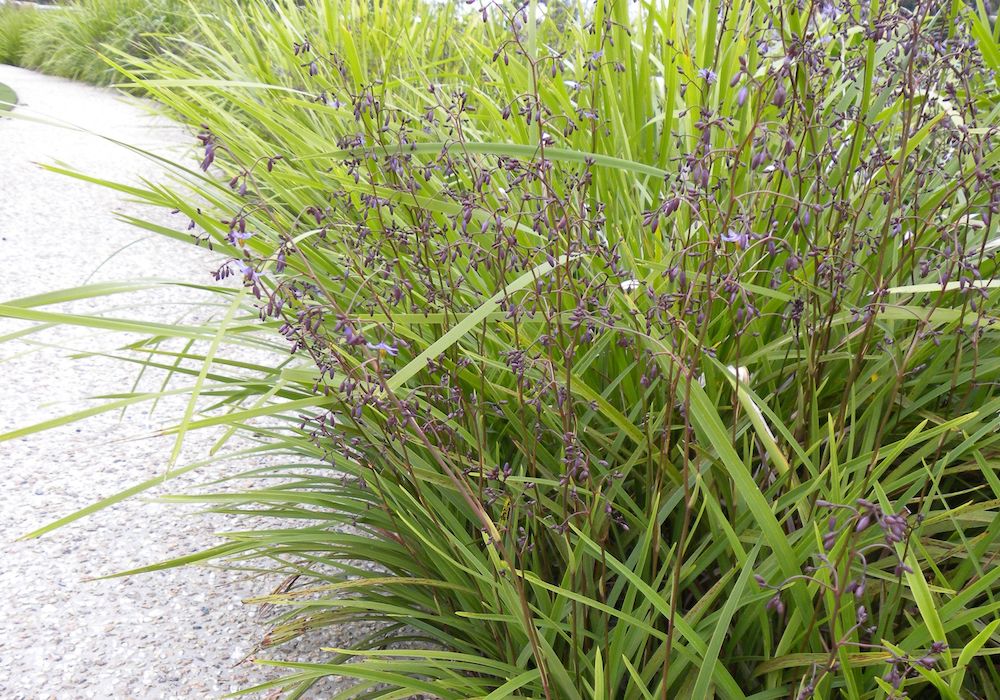
A topiary garden with plenty of hedging can look nice as long as it’s all part of the plan, but try to avoid planting species that will grow too large for the space and force you to hedge-prune them into oddly-shaped hemispheres and rectangular prisms.
With that being said, sometimes it’s a good idea to over-plant while plants are small and once the branches start touching, you can remove every second plant so there’s never a time when the garden looks bare. Never be afraid to remove a plant if it improves the space!
The use of lighting can add drama and create a special ambience in the garden, and the addition of sculptures, furniture and other art pieces can personalise the space and make it truly unique.
Touch
There’s great pleasure in feeling the texture of your garden elements. The soft touch of certain petals, the roughness of some trees’ bark, and the waxy feeling of certain leaves all add to your garden’s sensory depth.
Including features like a water pool or a natural stone pathway will give you a chance to connect with nature, which can help calm the mind and spirit. Encourage guests to take off their shoes before walking over smooth stones so they can ground themselves as they connect with your garden directly.
Incorporate different textures, such as plants with fuzzy foliage, spiky succulents, or smooth leaf plants, to add more variety.
A curtain of pendulous silver birch leaves kissing your face as you pass through a pathway is a delightful way to enter a sensory garden. Lambs’ ears are soft and fuzzy, so they make a great ground cover that children will love to touch.
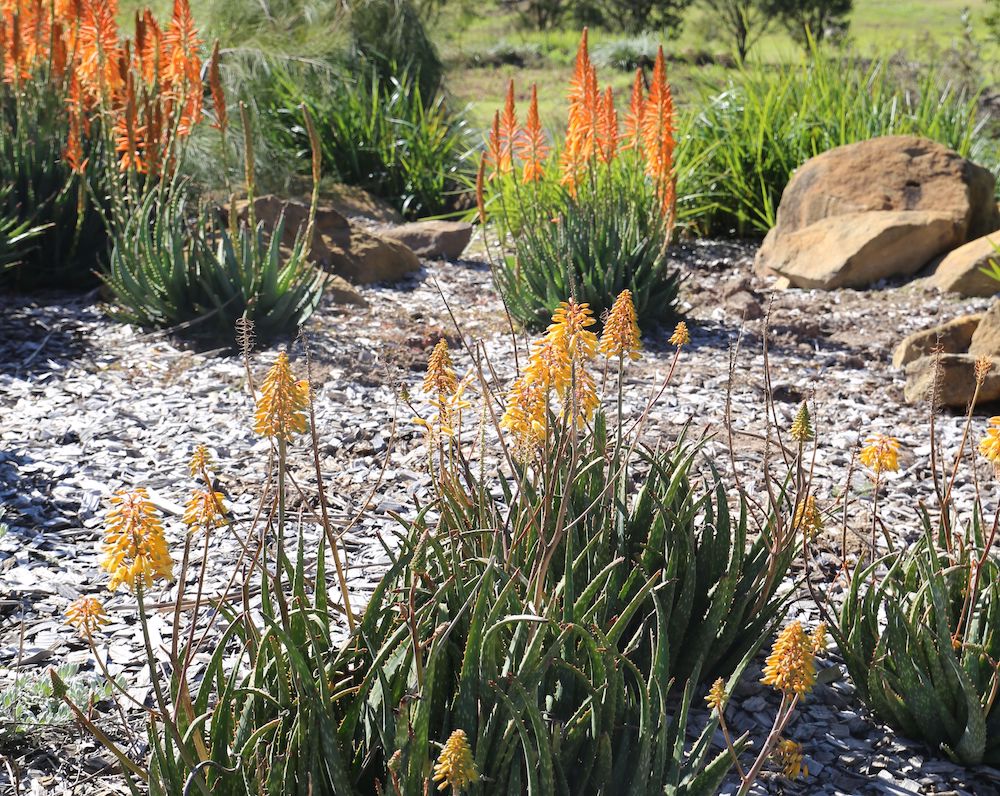
As the wind moves through your garden, plants like grasses, bamboos and lomandras will wave gently in unison, mesmerising you and your guests while introducing a gentle rustling sound to your garden, bringing us to the next sense.
Sound
Some plants make more sound than others, especially when there’s wind present as we mentioned above. Figure out which direction the wind usually comes from and channel it into a wind tunnel using plants and structures to increase the peaceful sound.
The sound of running water is incredibly calming and can help to mask any unwanted noise from the outside world. Water features come in all shapes and sizes, so you’re sure to find one that fits your space and budget.
Wind chimes are another great way to add some gentle background noise to your garden. You can purchase wind chimes that incorporate all types of sounds, or you can create a bespoke wind chime using pieces of glass, timber, stone or metal that you have lying around.
Stones or gravel can create a variety of different sounds in your garden. You can use them as a path that makes a crunching sound when walked on, or you could use them in a water feature to enhance the bubbling sound.
Animals are another way to add sounds to your garden, particularly birds. There are many ways to encourage birds into your garden, but a great place to start is by providing a bird bath and creating some habitat and food sources with the right types of plants.
Grevilleas and callistemons are beautiful plants that nectar-eating birds like rainbow lorikeets absolutely love. They also build a great habit for birds to hide inside, away from the grasp of predators.
If you want to add more specific sounds to your garden, such as the sound of waves crashing on the shore or rain falling, you can download recordings of these sounds and play them back on speakers placed in your garden.
Don’t worry, it’s not cheating because there’s no “right” or “wrong” way to make a sensory garden, as long as you’re incorporating multiple senses.
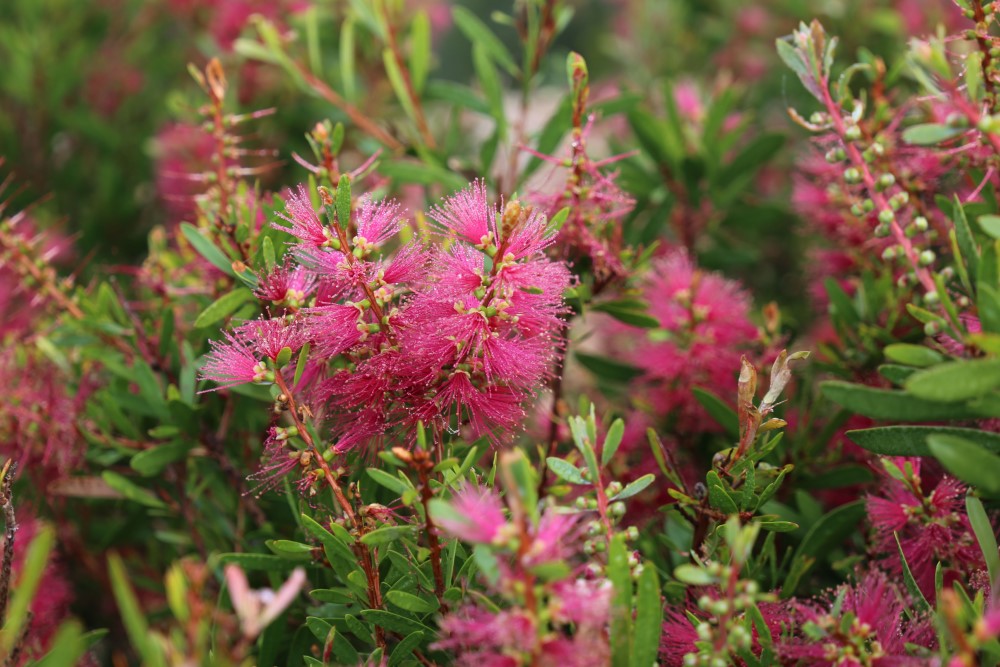
Scent
In order for most flowering plants to reproduce, they need pollinators like friendly hoverflies, bees and butterflies to transfer pollen from the male organ (stamen) to the female organ (pistil). By adding scented flowers, you’re essentially supercharging your garden’s attractive power for pollinators.
This not only supports the local ecosystem, but can also introduce natural predatory insects that can help control pest populations without the use of chemical pesticides. But the scents in a garden don’t just come flowers. Many plant scents have evolved as a natural defence mechanism against herbivores.
For example, the strong scent of herbs like thyme, sage, and basil can deter pests from munching on neighbouring plants. By including these aromatic plants in your garden, you create a natural barrier against potential pest damage, reducing the need for chemical interventions even further.
Remember that herbs aren’t the only source of nice smells in a garden; leaves and sometimes bark from other plants can also introduce new scents. Eucalypts, lemon myrtle and all types of other plants can add aromas to your garden that will make them a nicer place to visit. And many of these plants can be added to your cooking to enhance the flavour of your dishes, even though we don’t traditionally think of them as herbs.
Taste
Many, but not all of the plants that smell nice in your garden can also be eaten. Sure, you can cook with herbs, but you can also enhance your gardening experience even more by plucking a few leaves, crushing them up and after you’ve had a good sniff, popping them in your mouth fresh.
You can’t get much closer to nature than that!
Engaging Activities for Sensory Gardens
To further enhance the sensory experience in your garden, consider incorporating interactive activities that engage visitors on a deeper level. Here are a few suggestions to consider:
Touch and Feel Station: Create a designated area where visitors can explore and interact with various plant textures. Include plants with soft leaves, rough barks, or interesting seed pods that invite touch and exploration.
Herb Tasting Area: Set up a dedicated space where visitors can sample the flavours of different herbs. Label the plants and provide guidance on how to safely taste them, allowing visitors to savour the garden not only with their eyes but also with their taste buds.
Musical Instrument Corner: Install wind chimes, drums, or other musical instruments in a designated corner of your garden. Encourage visitors to sit and listen as the wind rustles through the chimes or musicians play instruments for a special occasion. The garden will come alive with melodic sounds, and your visitors will never forget the experience.
These interactive activities encourage visitors to actively engage with the garden, fostering a deeper connection with nature and amplifying the multi-sensory delight your garden has to offer.
People may not even realise they’re having a multi-sensual experience unless they’re told to consciously use all of their senses.
Sensory Gardens for Therapeutic Purposes
Spending time in a sensory garden has been shown to have positive effects on mental and physiological health. The combination of natural beauty, engaging sensory elements, and tranquillity can help reduce stress, promote relaxation, and improve mood.
Whether you’re anxious, depressed, or suffer from some form of disability, simply spending time in a garden that engages your senses can reset your mood and put you in a fresh state of mind. The sensory stimulation can evoke positive emotions, reducing agitation and enhancing overall well-being.
Daniel’s Wrap
Soothing all five senses is a way to level-up any outdoor space. By using plants, natural materials, and man-made elements, you can create a garden that’s more than just visually appealing.
The sensory-rich garden is not only beneficial to our physical well-being but also serves as a retreat for our minds and souls.
Whether you’re a landscape architect, retail nursery business owner, or experienced home gardener, you can help people experience unique and memorable outdoor spaces.

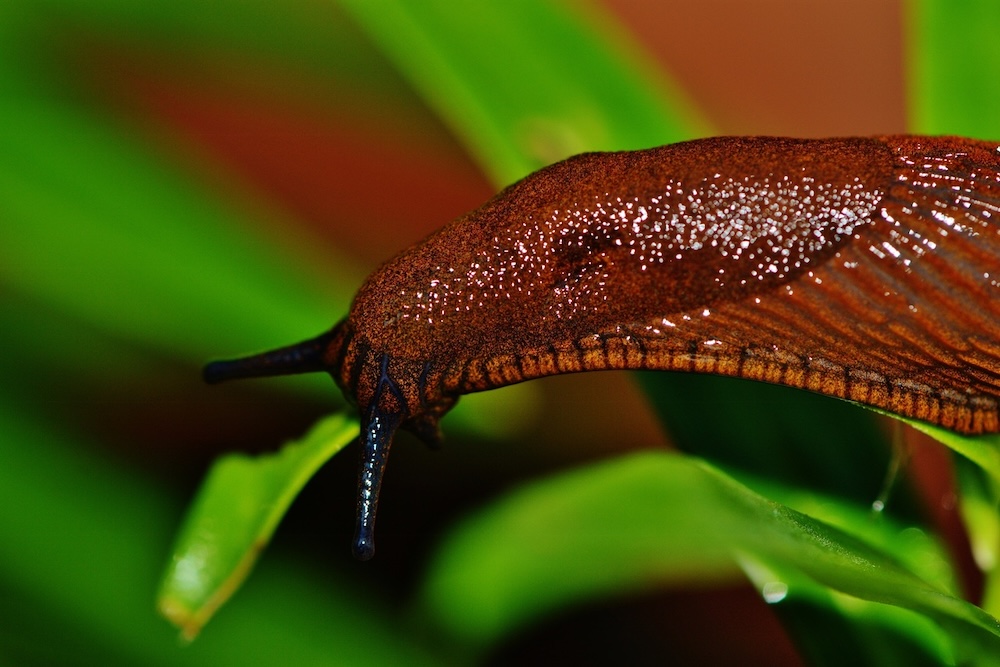
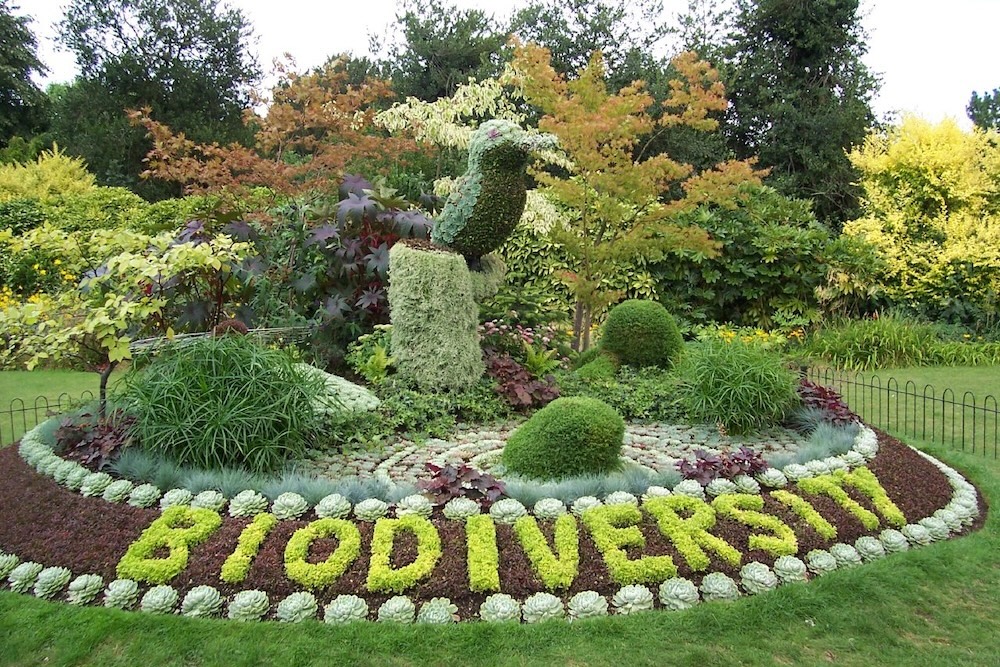

This Post Has 0 Comments